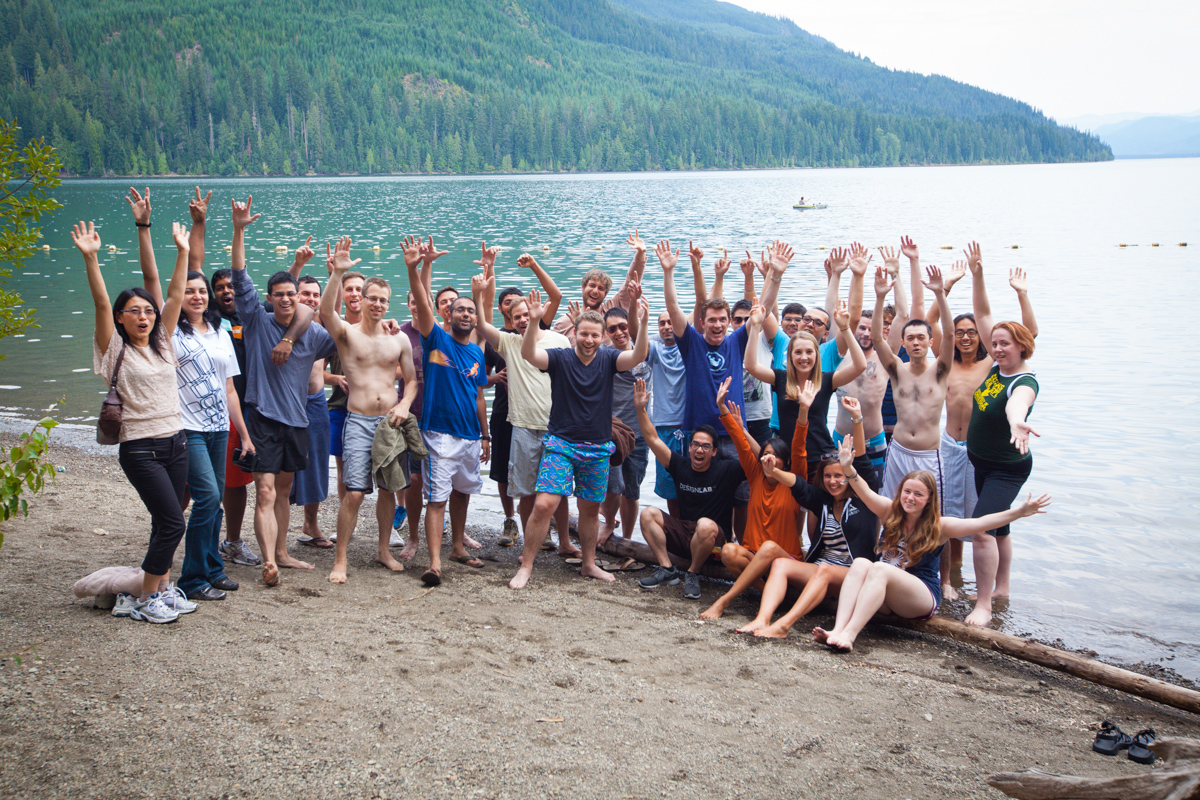We're about half way done with this year's Techstars Seattle class and Demo Day is inching closer and closer. It's the time in the program where companies start to think very seriously about their investor strategy. It goes with out saying that teams are all over the board when it comes to raising money. Some nearly have their rounds complete, while some have just started thinking about how to raise money. I always get asked "How do I go about raising money?" by startups. We'll here are a couple of tips:
1. Be relentlessly resourceful. I may have stolen this tagline from Chris Devore, but that's only because it's just that good. Basically, don't take no for an answer. Don't accost potential investors, but think of work arounds if one stream runs dry.
2. Personal introductions save lives. If you can get an intro to a potential investor from someone they know and respect, that is great. If you can get a couple of intros to the same investor, you're even more golden.
3. Investors think of reasons NOT to invest in your company. Focus on what are the perceived weaknesses of you, your team, and your idea and figure out ways to mitigate the investor's fears.
4. Know when to sell and know when to explain. Speaking with investors is very tricky. You have to know when to push and when to play it cool and just explain your business. Most investors will not see your vision right away, so if you're hard selling it to them, you've lost them. Don't lose them. Thanks to @avinci for these last two.
5. HUSTLE. No one will throw money at you. Well, at least not in your current profession.
With that. Happy money raising!
-Andy










